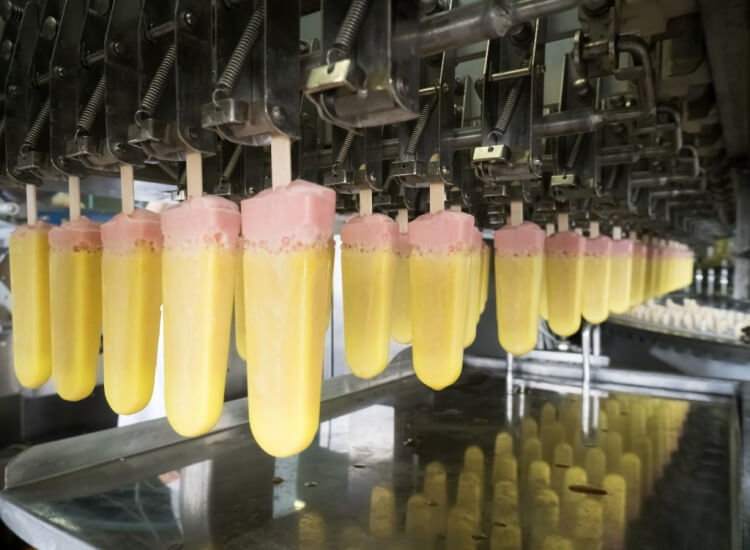In any regular year, manufacturers of seasonal foods such as ice cream, beer and BBQ meat have to deal with uncertainty because consumption of their products are highly dependent on food trends and the weather.
Demand planning, however, gets even tougher for manufacturers with the COVID-19 outbreak in 2020.
How will demand change now that a global pandemic has forced many bars and restaurants to close for weeks? How will panic buying and shortages of certain basic goods affect seasonal products? Will sales in grocery stores increase drastically because everything else is closed or will people consume less seasonal foods?
Demand planning during a global pandemic
In 2020, sales data from previous years won’t help manufacturers anticipate the demand and popularity of products. But manufacturers still have to generate demand scenarios. The key challenge is to not over-produce and stock up on excessive inventory, but at the same time be ready for summer by securing on-shelf availability and fulfillment.
However, producers can’t just start food production when the first warm days of summer arrive or when an announcement is made that everything can go back to normal. That’ll be too late.
The most important thing to do now is to use a solution that can create scenarios, provide the ability to change plans rapidly, and show how these changes affect the supply chain, so that manufacturers can act accordingly. But how do you plan for the future while facing the uncertainties of the present? Dr. Rob Hyndman, forecasting expert at Monash University in Melbourne, Australia, recently wrote in his blog the methods used to forecast the spread of COVID-19. The impact on inventory and demand will depend on the extent and timing of the pandemic ending. He identifies several forecasting models that can be used once the parameters of the pandemic are identified.
Smart planning to the rescue
To deal with high fluctuations and new challenges, your forecasting solution must be able to generate a number of scenarios. Millions of pieces of information must be organized, reviewed and calculated. This is impossible to do manually as information is usually scattered, with different departments possessing specialized knowledge and access to different types of data. Without a sophisticated tool that integrates complex forecasting processes, your forecasts will be less accurate and effective.
And to ensure that the right productsare available in the right quantities at the right locations during the peak season, you have to create tactical plans for the supply chain.
The planning and optimization of the inventory build-up should start months in advance. When you have high visibility of every aspect of the supply chain, you know when you need to make a change in your demand plan and effect it right away. These changes in demand can lead to a later start for pre-production, which lowers inventory and reduces working capital.
As the season progresses, you need to perform a thorough analysis to adjust sales and operational plans when factors change. Capacity, for example, needs to be reserved when additional production is required for best-selling items – something which becomes visible in such an analysis.
Often, consumer goods are produced in wide varieties. So, if production capacity bottlenecks for one resource, turn to tactical planning for visibility on alternative solutions. If the production process allows it, you can quickly make changes.
The DELMIA Quintiq solution is the answer to smart planning. It has an in-built function that enables planners to not only create and manage different events for different products but to see the impact of these events on other forecasts. Planners can also immediately see if the forecasts meet, surpass or fall short of their target sales, inventory, and other KPIs.
Our solution implements mathematical optimization to manage multi-variable elements such as resource capacity, current order restrictions, specific delivery times and constraints of different business processes.

